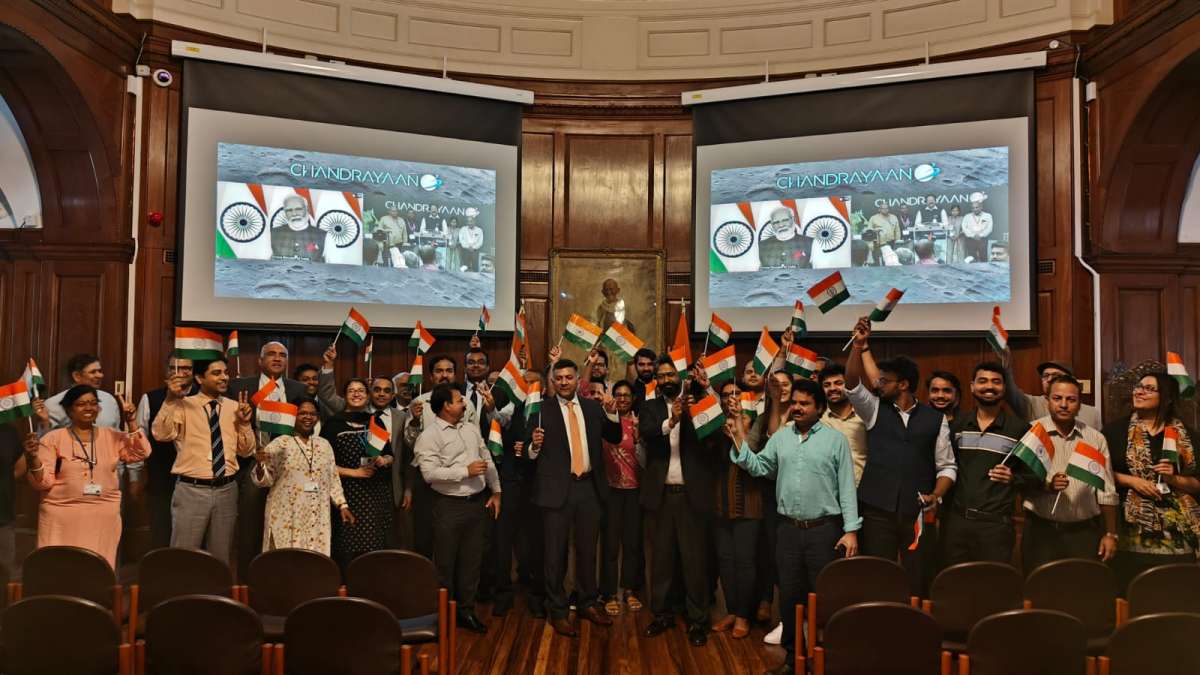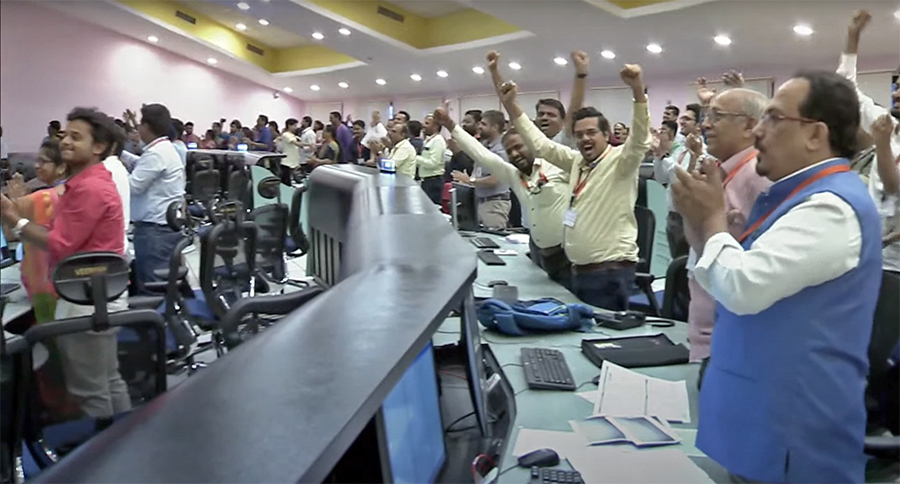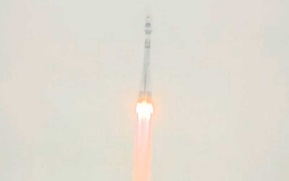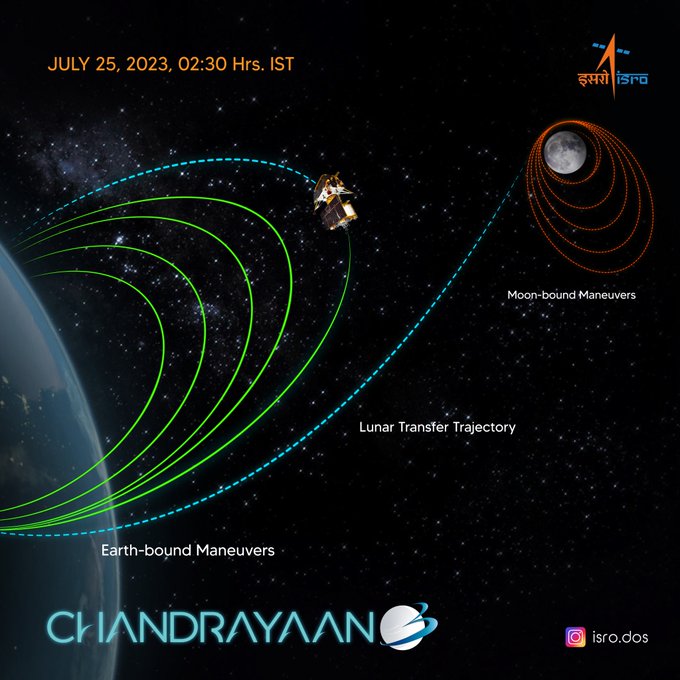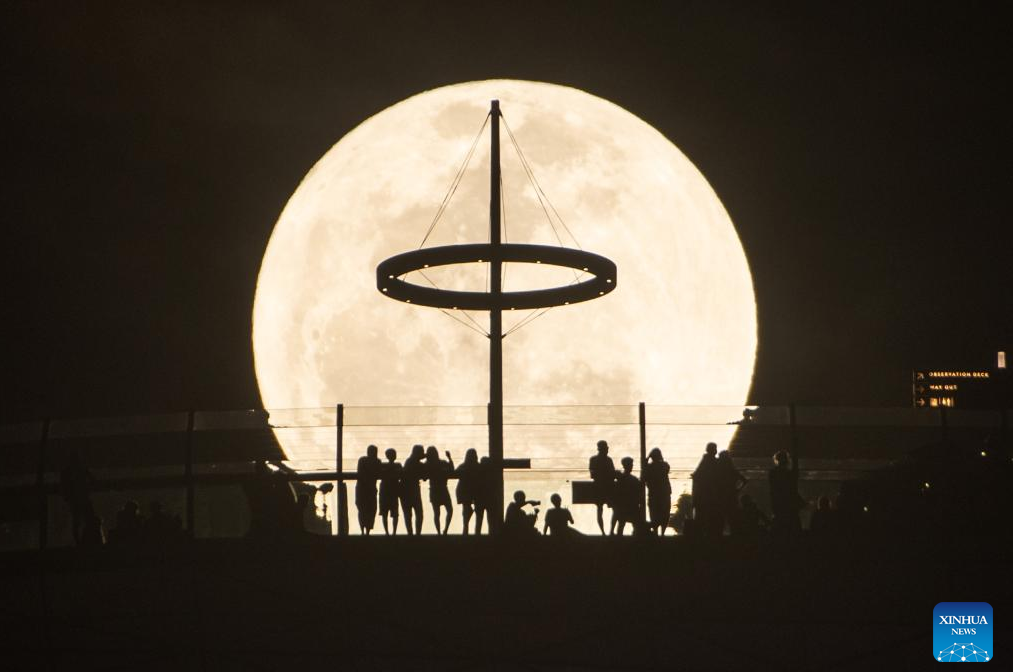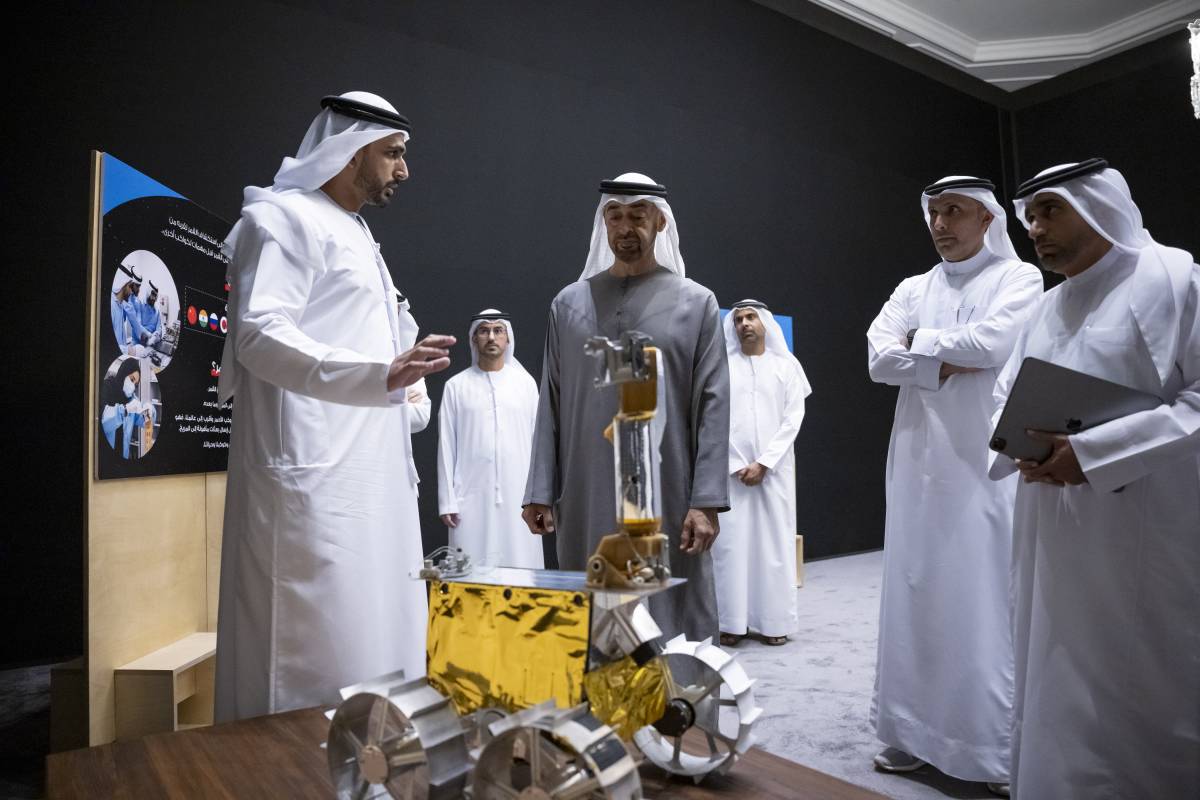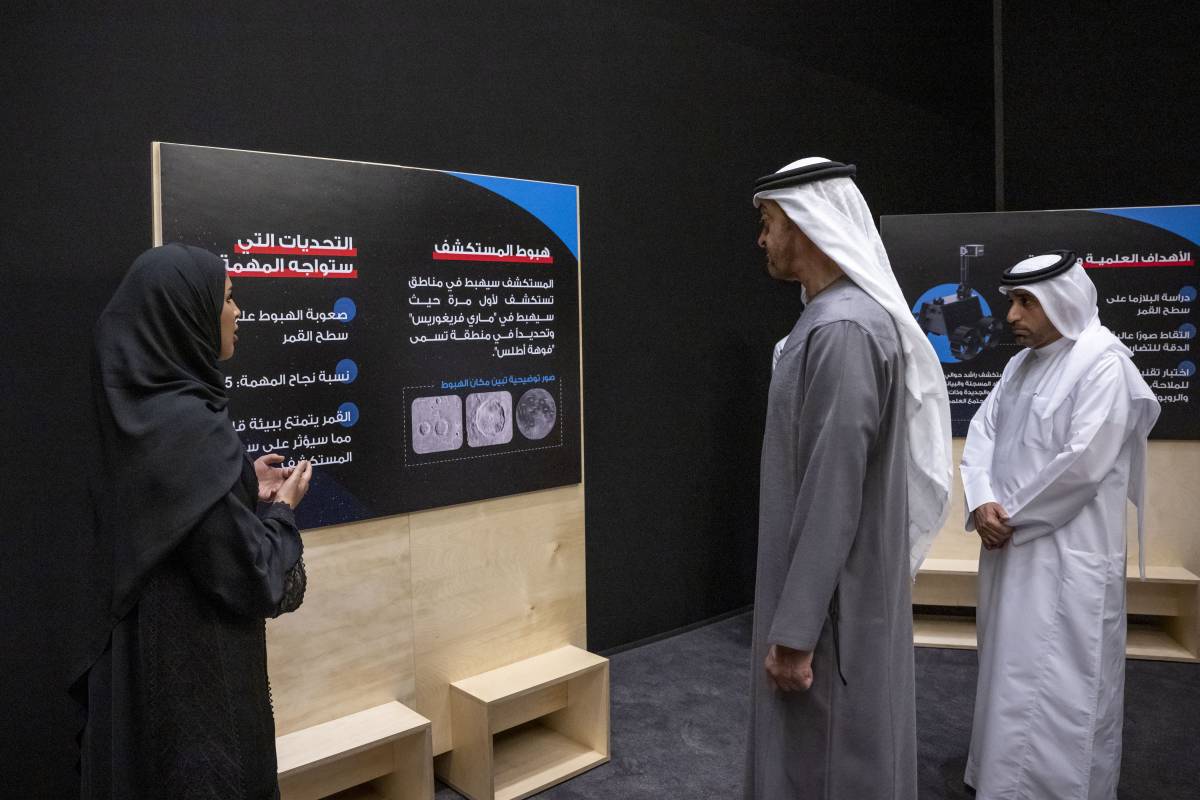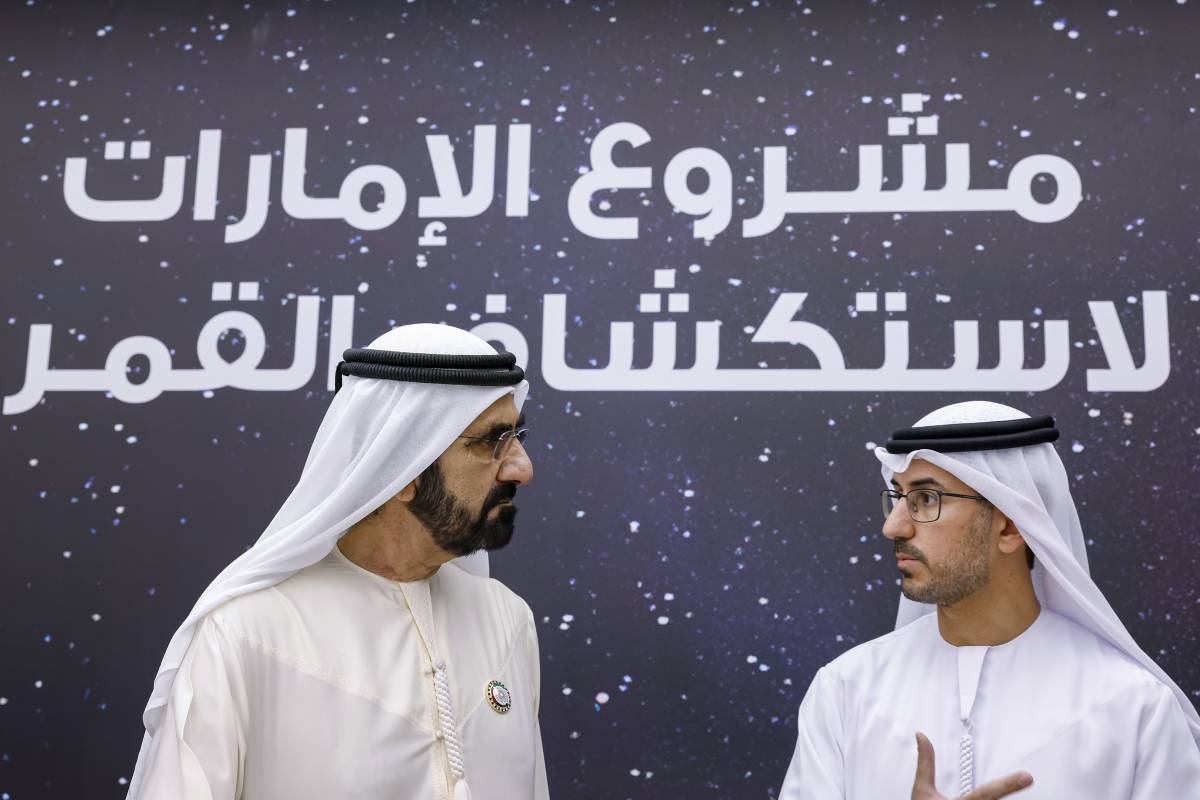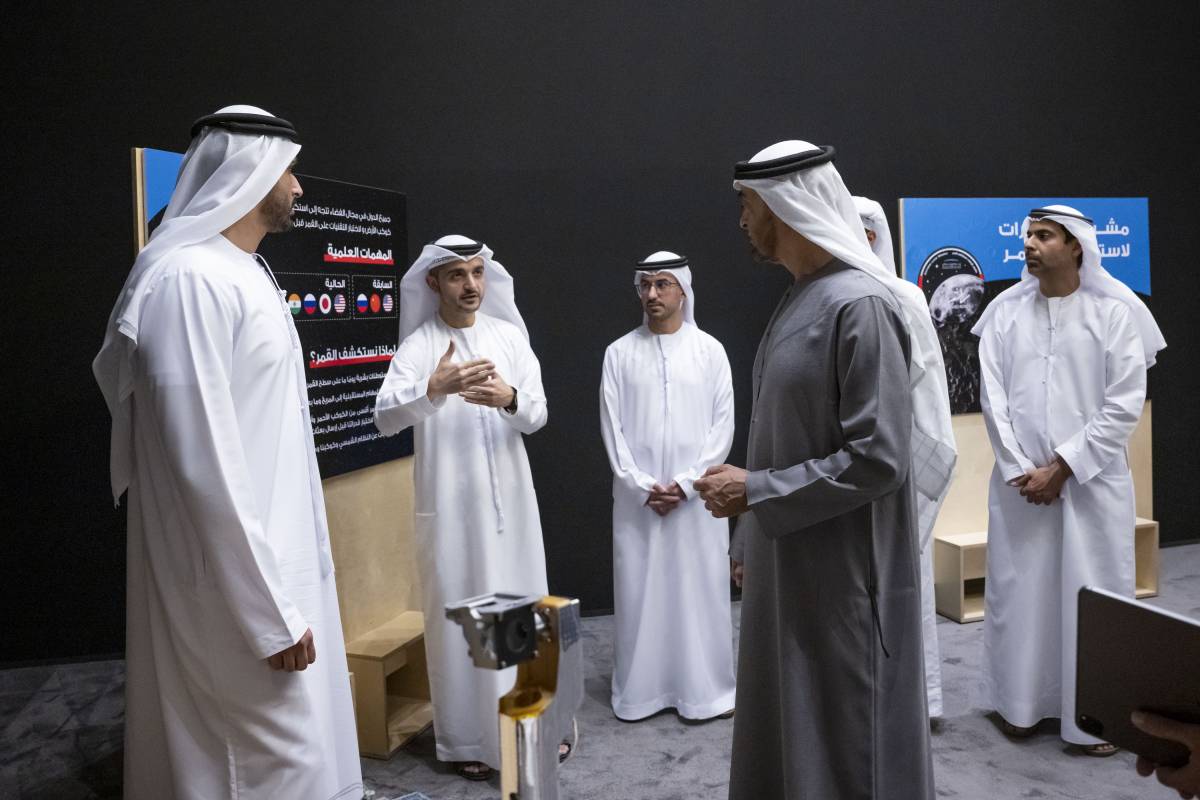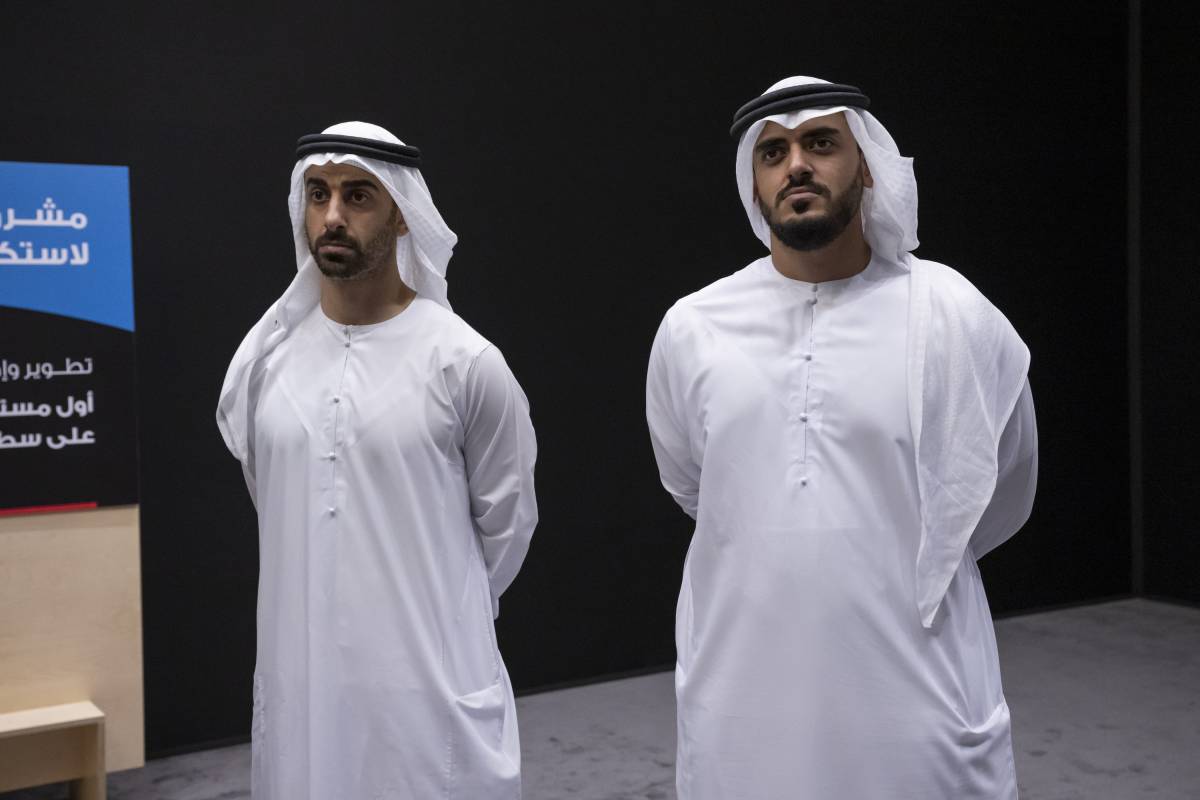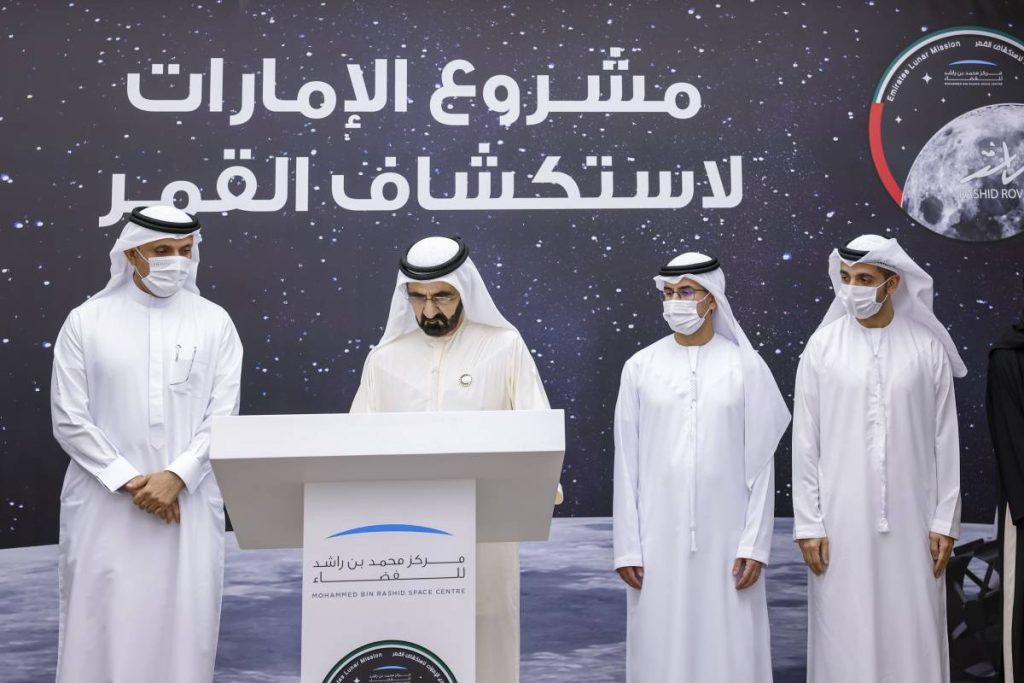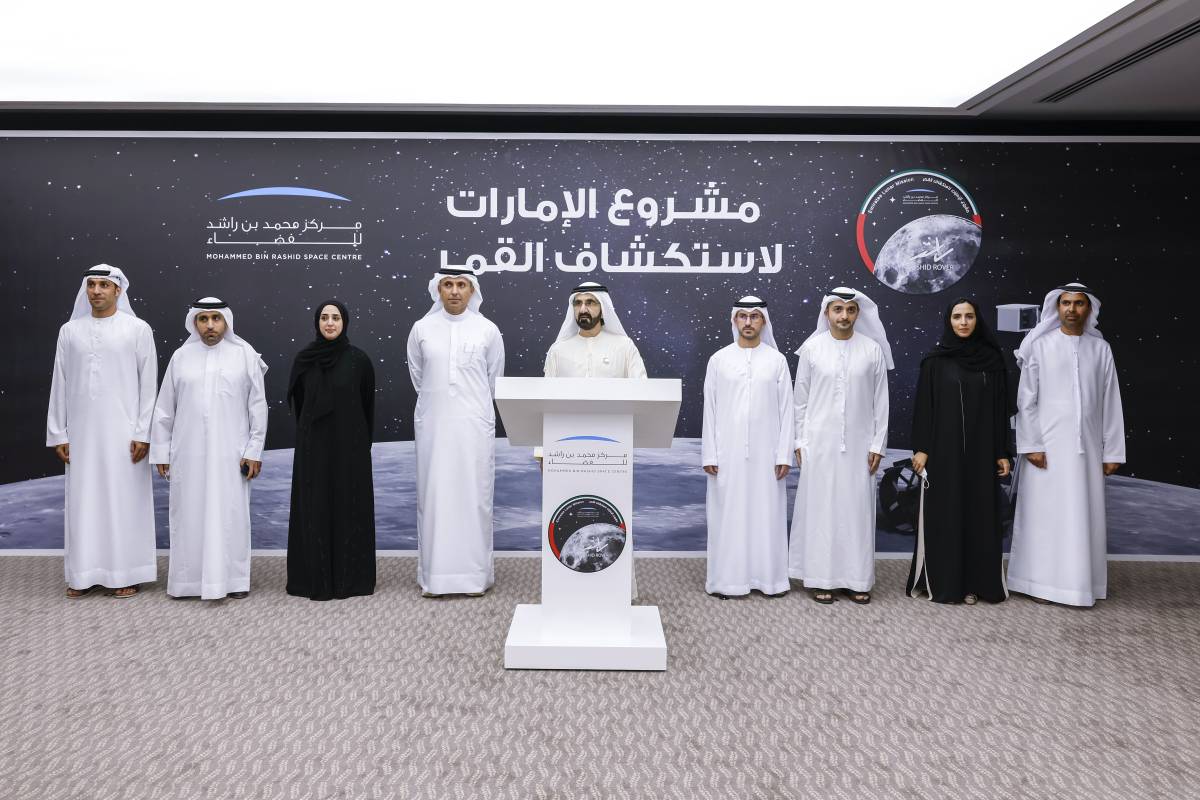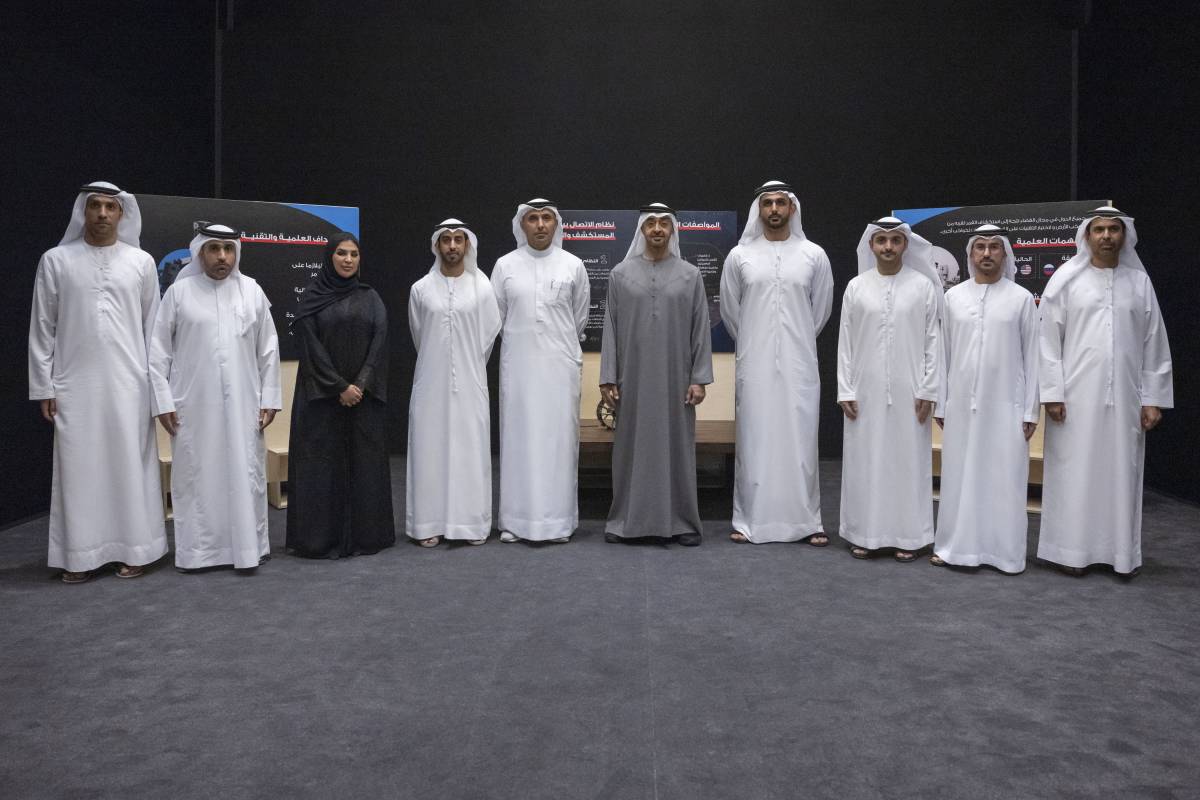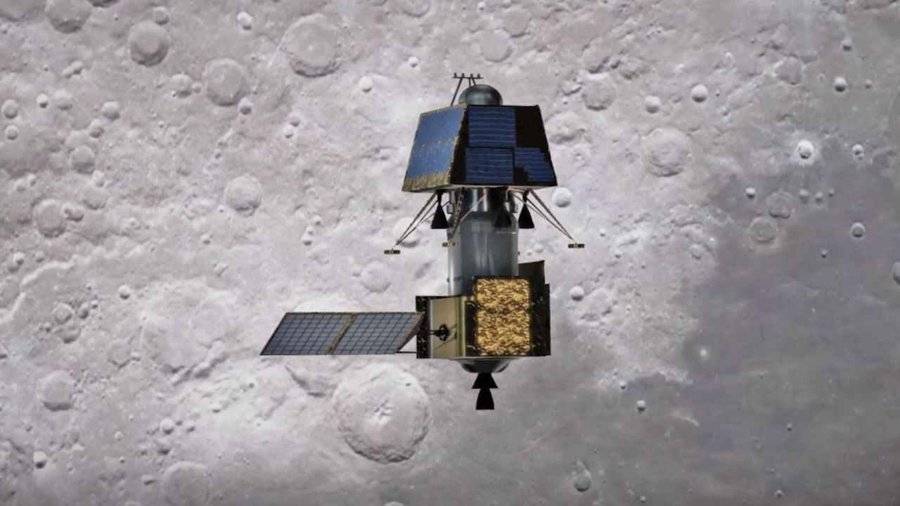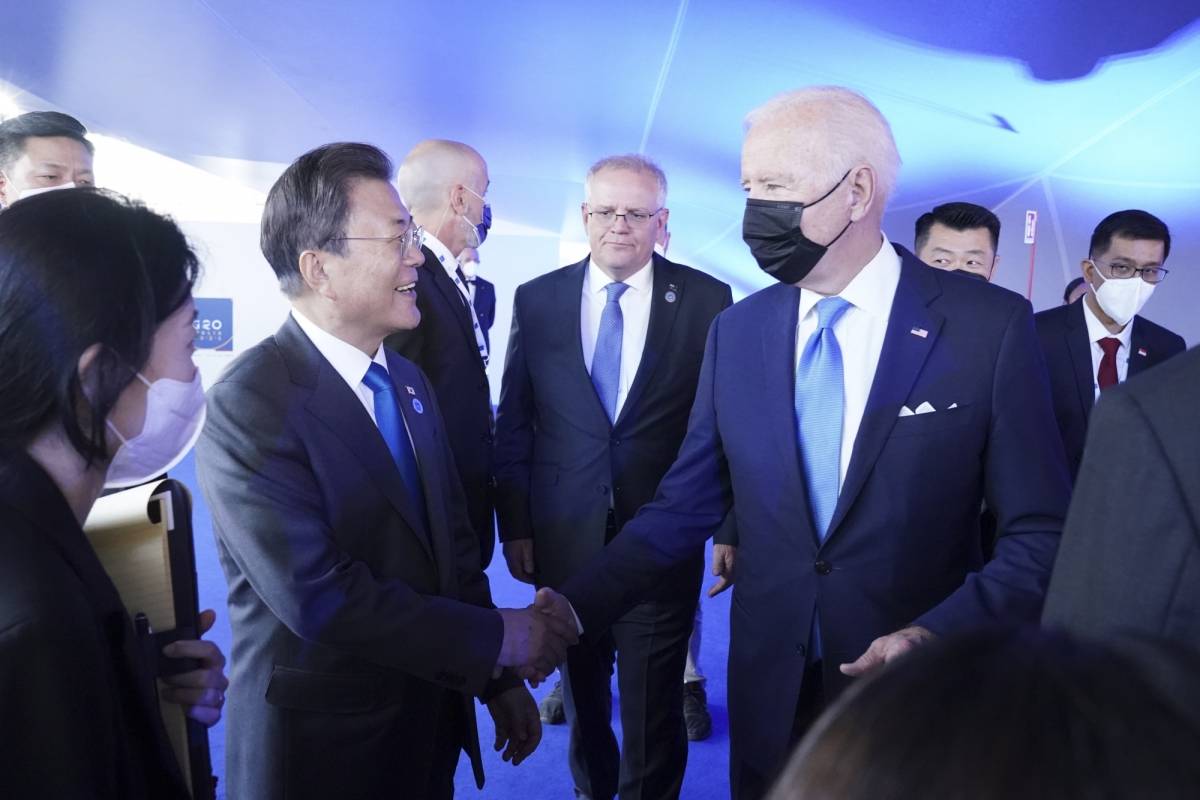UK Space Agency, Parliamentarians and High Commissioner to India Alex Ellis call the event as a giant step forward for the whole world…reports Asian Lite News
After India scripted history with the with the Chandryaan-3 successfully performing a soft landing on the moon, UK Space Agency congratulated India, describing ISRO’s achievement as an “incredible” moment in space history.
“History made! Congratulations to @isro,” the UK Space Agency said in its post on X. “AOS #Chandrayaan3 lander! We read you loud and clear, having achieved “Acquisition Of Signal” direct from the lander on the Moon’s surface! Congratulations to @ISRO, and thanks to our colleagues coordinating support at @esaoperations! Here’s to making history once again!” Goonhilly Earth Station in Cornwall, UK, posted on X.
Director of Championing Space at the UK Space Agency Professor Anu Ojha OBE also congratulated India on the successful soft-landing of Chandrayaan-3 on the Moon.
He said that the successful landing of Chandryaan-3 in the moon’s southern polar region is evidence that we are living in a new space age.
“Congratulations to India on this amazing feat of engineering and perseverance. The successful landing of Chandrayaan-3 in the southern polar region of the moon is further evidence that we are living in a new space age, with space agencies and companies across the world setting their sights on the Moon and beyond,” Anu Ojha OBE said in a statement.
He further said, “This current crop of missions is focused on new areas of opportunity — there are important scientific discoveries to be made about the presence of water on the lunar surface, which could support humans to live and work there for extended periods of time.”
The other three countries that had earlier landed on Moon were the US, the erstwhile USSR, and China.
Meanwhile, British High Commissioner Alex Ellis also congratulated India and said ‘Bhadhi Ho’. “A big moment for India for the world and…” Ellis wrote on X. “Badhai Ho” “Touchdown! Congratulations to India 🇮🇳 and@isroon making history with the successful #Chandrayaan3 mission – a giant step forward for the whole world,” the British High Commission said on X.
Meanwhile, Lord Rami Ranger while congratulating India on the successful landing of Chandrayaan-3 said history has been made as no other country has landed its craft on the Moon’s south pole.
The member of parliament said: “Today, history was made as no other country landed their craft on the south pole of the Moon. It was a very emotional day for all of us. I saw the touchdown. It was a nerve-wracking experience for all those people.”
Ranger said many local Indian companies and engineering marvels contributed to the making of the magnificent craft and also engineers, and scientists who worked tirelessly for over many months to make this landing a successful one. “The whole world was watching,” he said.
The Parliament member further said: “Lots of people felt proud that India has landed a craft on the moon. Successfully joined the club of just four nations, Russia, America, China and now India. To be in that elite group. So this is a special Independence Day present on the 76th Independence Day when we are already celebrating the remarkable success of India.”
Member of British Parliament Virendra Sharma also congratulated Indian scientists on the success of Chandrayaan-3.
“I congratulate India, Indian people and all those who are involved in Chandrayaan-3’s landing on the moon this afternoon. The whole world is happy. Indians are all over the world are happy. Good luck India. Best wishes for the future,” he said.
Earlier on Wednesday, the Indian High Commission in London celebrated the successful landing of ISRO’s third lunar mission Chandrayaan-3 on the Moon. People at the High Commission raised slogans of ‘Bharat Mata Ki Jai’ and ‘Vande Mataram’. Chandryaan-3 on Wednesday successfully performed a soft landing on the Moon.
ISRO tweeted: “Chandrayaan-3 Mission: ‘India, I reached my destination and you too!’ Chandrayaan-3 has successfully soft-landed on the moon! Congratulations, India!” British High Commissioner Alex Ellis also congratulated India on Chandrayaan-3’s successful landing and said ‘Badhai Ho’.
XXX
Indian High Commission celebrates
XXX
The Indian High Commission in London on Wednesday celebrated the successful landing of ISRO’s third lunar mission Chandrayaan-3 on the Moon. People at the High Commission raised slogans of ‘Bharat Mata Ki Jai’ and ‘Vande Mataram’. Chandryaan-3 on Wednesday successfully performed a soft landing on the Moon.
ISRO tweeted: “Chandrayaan-3 Mission: ‘India, I reached my destination and you too!’ Chandrayaan-3 has successfully soft-landed on the moon! Congratulations, India!”
As the Vikram lander carrying the Pragyaan rover in its belly touched down on the lunar surface, it marked a giant leap in India’s spacefaring journey providing a well-deserved finale to ISRO’s long years of toil.
Special screenings of the soft landing were organized across the country, including schools science centres, and public institutions. ISRO made the live action available on the ISRO website, its YouTube channel, Facebook, and public broadcaster DD National TV.
The spacecraft was launched from the Satish Dhawan Space Centre in Andhra Pradesh’s Sriharikota on July 14. (ANI)
ALSO READ-BRICS Welcomes Six New Full Members to Strengthen Global Partnership

